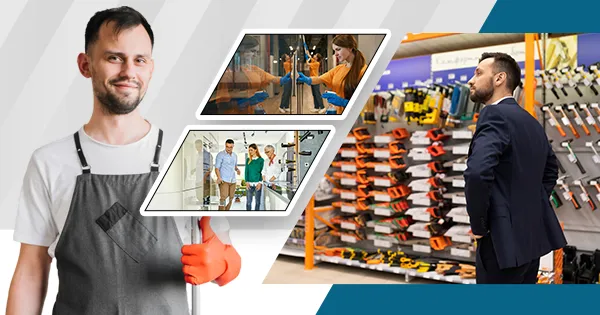Introduction
As security threats continue to evolve, traditional surveillance methods are being pushed to their limits. In response, AI-powered video analytics is rapidly transforming the way organisations monitor and secure their environments. With real-time threat detection, behavioural analysis, and automated alerts, this technology is redefining what it means to be proactive in security management.
What is AI-powered Video Analytics?
AI-powered video analytics involves the use of artificial intelligence to automatically analyse video footage and detect specific events, behaviours, or anomalies. It goes beyond traditional motion detection by applying machine learning algorithms and pattern recognition to identify potential threats or safety breaches with greater accuracy and speed.
Key Features and Capabilities
- Real-time Monitoring: AI systems can analyse footage live, reducing the reaction time in the event of suspicious activity.
- Object and People Detection: Identify and track people, vehicles, or objects of interest automatically.
- Behavioural Analysis: Spot unusual patterns like loitering, aggressive movements, or abandoned objects.
- Facial Recognition: Match individuals against databases to enhance access control and forensic investigations.
Benefits for Businesses and Institutions
Businesses and institutions across various sectors are adopting AI video analytics to bolster their security protocols. From retail outlets and educational campuses to hospitals and office buildings, the ability to preempt incidents is a game-changer. Integrating advanced security services with AI-powered surveillance ensures a higher level of threat mitigation and response efficiency.
Integration with Building Systems
One of the biggest advantages of AI video analytics is its ability to integrate with existing infrastructure, such as access control, alarm systems, and even facility maintenance. For example, some property managers are now combining analytics with building maintenance services to detect hazards like water leaks, fire risks, or unauthorised entry, streamlining safety and operations in one platform.
Challenges and Considerations
While the technology offers significant benefits, it also comes with considerations such as data privacy, system costs, and the need for skilled operators. Ensuring compliance with local regulations and maintaining transparency with employees and the public are crucial for ethical deployment.
Looking Ahead
The future of security lies in intelligent systems that not only observe but interpret. As AI algorithms continue to evolve and improve, the capabilities of video analytics will only expand. This will enable more tailored, efficient, and safer environments across industries, reducing risks before they escalate into incidents.
Conclusion
AI-powered video analytics is not just a trend—it’s a fundamental shift in how we think about and implement security. For businesses and organisations looking to future-proof their safety measures, investing in smart surveillance and integrated services is a strategic move toward resilience and responsiveness.







